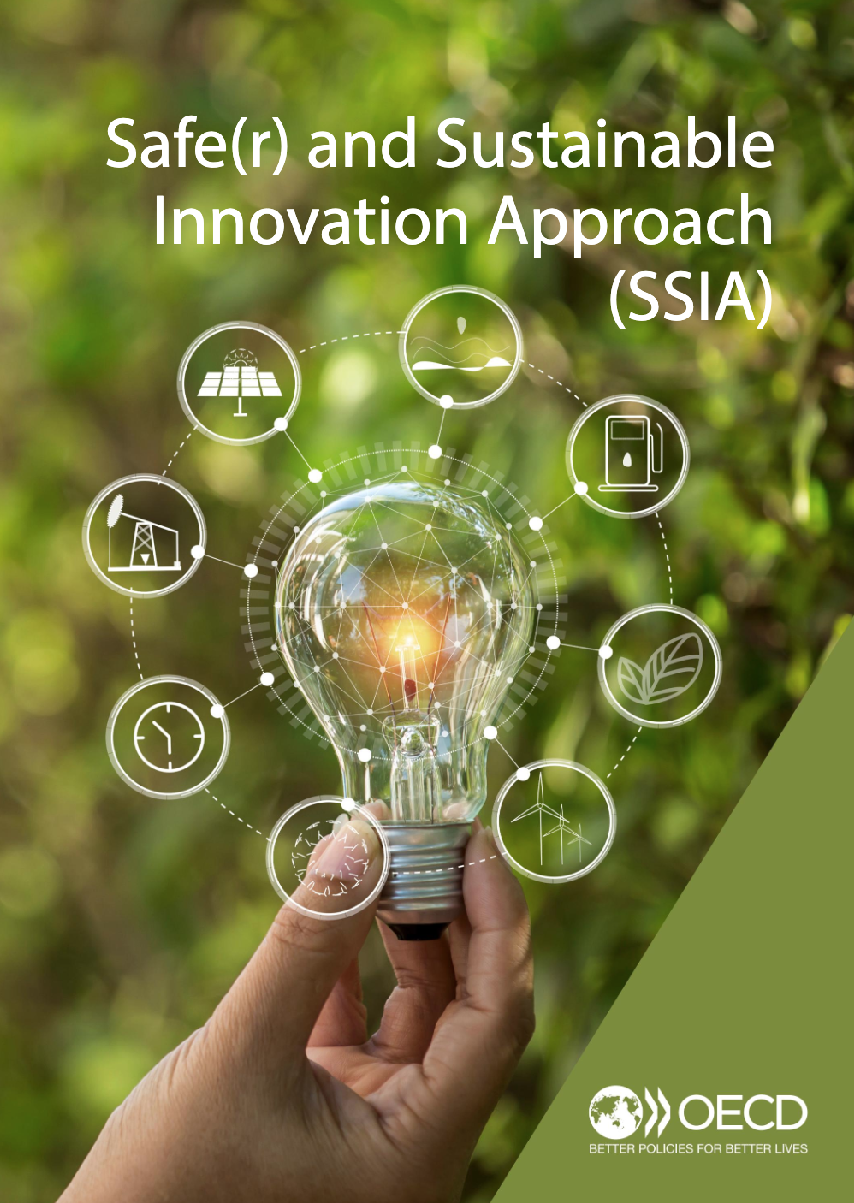Chemycal has been acquired by 3E
Learn MoreChemycal has been acquired by 3E
Learn MoreDiscover how Chemycal PRO helps you boosting your regulatory monitoring:

In an era of rapid technological advancements and the emergence of novel materials, the Organisation for Economic Co-operation and Development (OECD) has developed a groundbreaking initiative called the Safe and Sustainable Innovation Approach (SSIA). This approach aims to bridge the gap between technological innovations and the development of suitable risk assessment tools and frameworks, ensuring that newly developed materials prioritize safety and sustainability from the very beginning.
The SSIA recognizes that a diverse range of emerging and advanced materials are being introduced into various sectors, such as renewable energy and healthcare, offering enhanced properties that benefit both the economy and society. However, the complexity of these materials, including new functionalities and multiple components, poses unique challenges in terms of safety and environmental impact.
To minimize uncertainties and risks associated with these materials, the SSIA proposes a comprehensive and systematic approach that integrates sustainability considerations alongside safety from the early stages of material design. This approach combines three key components: the Safe-and-Sustainable-by-Design (SSbD) concept, Regulatory Preparedness (RP), and the establishment of a Trusted Environment (TE) for dialogue between innovators and regulators.
The SSbD concept encourages innovators to embed safety and sustainability considerations into the innovation process from its inception. By identifying and minimizing potential risks and environmental impacts during research and development, production, use, recycling, and disposal phases, the SSbD approach aims to create materials and chemicals that deliver their intended function while minimizing harm to human health and the environment. It takes a lifecycle perspective, addressing the entire value chain.
Regulatory Preparedness (RP) forms another crucial element of the SSIA. It emphasizes the need for regulators and policymakers to proactively anticipate and adapt governance frameworks to keep pace with the rapid knowledge generation and innovation of nanomaterials, nano-enabled products, and advanced materials. This involves early awareness and understanding of innovations to enable appropriate regulatory actions and modifications or developments of regulatory tools for effective risk assessment and management.
Facilitating the collaboration between innovators, regulators, and other stakeholders, the SSIA establishes a Trusted Environment (TE). This physical or virtual space enables the sharing and exchange of knowledge, information, and views on new technologies, including innovative nanomaterials, nano-enabled products, and advanced materials. Confidentiality and the protection of intellectual property within this environment foster trust and encourage early engagement between all parties involved.
The SSIA, introduced by the OECD, strives to enhance the capacity of stakeholders to address safety and sustainability assessments of innovations in a robust and agile manner. By promoting the integration of safety and sustainability considerations early in the innovation process, bolstering regulatory preparedness, and fostering a trusted environment for collaboration, the SSIA aims to ensure that technological advancements align with responsible and sustainable practices for the benefit of society and the environment.
MORE INFO ON oecd.org
2013 © MyChemicalMonitoring. ALL Rights Reserved. About Us | Terms and Conditions